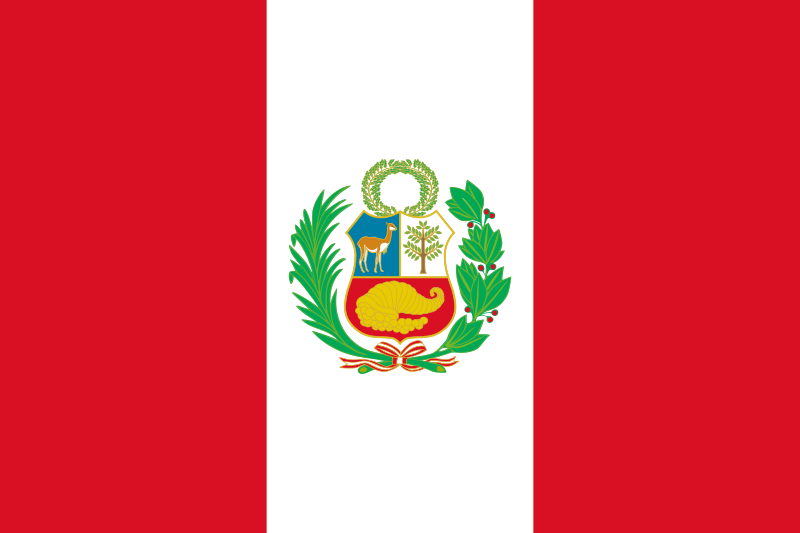By Lucy Forbes Taylor
Bus journeys in Peru are either an adventure or a near- death experience, depending on your outlook: certainly, they require a relaxed attitude towards personal comfort.
Two months into our lives as budget-conscious travellers, that’s still not something I’d acquired, and as the coach tore round corners, throwing us across aisles and blaring the horn at anything stupid enough to get in the way, I sorely regretted the decision to make the day-long journey from Lima to Cusco overland.
Luckily for Joe, even I can’t whinge for 22 hours straight, particularly with such a fantastic destination ahead to distract me.
Maray, with its multiple terraces, is thought to have been used for growing different types of crops from different climates
Lucy trying choclo con queso
Cusco, in southwest Peru, is best known as the stop-off point for anyone heading to the Incan ruins of Machu Picchu, but we’d set aside a few days to explore the city itself – and were glad we did. As well as a wealth of colonial architecture and ancient ruins, this former capital of the Incan empire has several excellent museums and galleries, numerous artisan markets and some fabulous food.
The fare is traditional and tasty, with local specialities including hearty meat and bean soups, choclo con queso (a huge corn cob topped with the musky local cheese) and roast guinea pig – sorry pet lovers – which isn’t bad; gamey, like rabbit.
Once you’ve explored the city, it’s about half a day’s journey by bus and train to the legendary Incan ruins at Machu Picchu. We spent hours admiring the precise stone architecture of temples and homes, all set against the glorious, soaring backdrop of the Andes mountains. Without a doubt, this was one of the most awe-inspiring places I’ve ever visited.
But the Incan exploration needn’t stop there: the Sacred Valley is home to several other sites, including Moray – a set of circular terraces, thought to be a sophisticated agricultural experiment – and the Maras Salt Pans, which are still worked today.
One thing to be aware of is altitude sickness, as it’s a mighty mountainous region; Cusco itself sits at 3,400m above sea level. I was rather cavalier about this affliction beforehand, having never had problems before, and was promptly cut down to size by suffering terribly from it!
Lucy’s tips: Soroche or mountain sickness can hit anyone, of any age, experience or fitness, at any time. Symptoms range from dizziness and headaches to vomiting and severe dehydration, so be sure to follow these handy hints for staying healthy at heights:
- Don’t drink alcohol for your first few days at altitude;
- Avoid heavy, greasy foods;
- Stay hydrated with plenty of water;
- Try the local coca de mate tea, made from coca leaves which have settling properties;
- If all else fails, travel down to a lower altitude!
The signboard outside a Cusco restaurant
Taking a year out from the rat-race to explore the world, former Dubai journalists Lucy Taylor and Joe Mortimer chart the highs and lows of life on the road, and travelling as a couple. Both of them have been writing their individual columns exclusively for FoodeMag dxb: His & Her column. Below are some of their travel stories… according to him!

